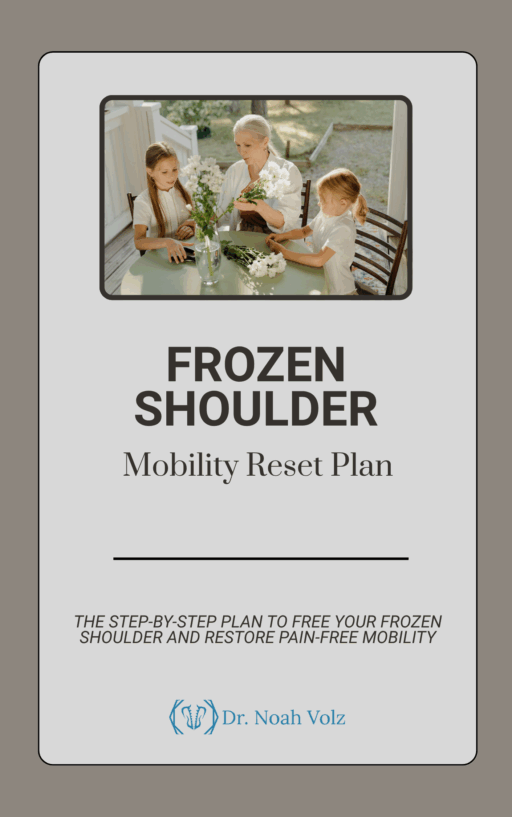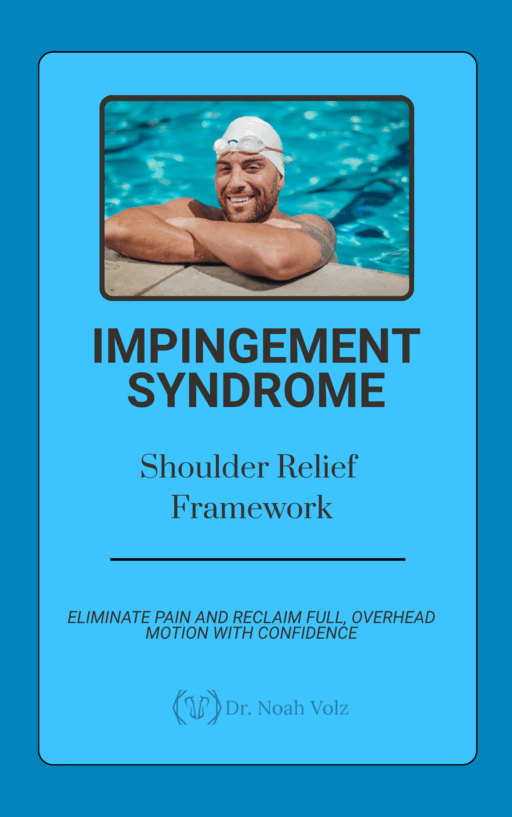Do you have pain, numbness, or tingling that starts in your buttocks and travels down the back of your leg? You might have a condition called piriformis syndrome. This painful problem happens when a small muscle in your hip irritates the sciatic nerve.
As a chiropractor in Ashland, OR, I’ve helped many patients find relief from piriformis syndrome. In this post, we’ll explore what causes this condition, the symptoms to watch for, and the treatment options that can help you feel better.
What is Piriformis Syndrome?
Piriformis syndrome is a condition that happens when the piriformis muscle in your hip becomes too tight or irritated. This small muscle starts at your lower spine and connects to the top of your thighbone. Its job is to help rotate your hip and leg outward.
The sciatic nerve, which is the largest nerve in your body, passes very close to the piriformis muscle. In some people, the nerve actually runs through the muscle. When the piriformis muscle becomes tight or spasms, it can put pressure on the sciatic nerve. This pressure irritates the nerve and causes pain.
What Causes Piriformis Syndrome?
There are a few different things that can cause piriformis syndrome:
• An injury to the hip or buttocks, like from a fall or car accident
• Overuse from activities that involve a lot of running, walking, or climbing stairs
• Sitting for long periods of time, especially on a hard surface or wallet
• Weakness in the muscles around your hips and core
Other factors that can make you more likely to get piriformis syndrome include:
• Being a woman (possibly because of the wider hip structure)
• Having one leg that’s slightly longer than the other
• Having a curved spine (scoliosis)
What Are the Symptoms of Piriformis Syndrome?
The most common symptoms of piriformis syndrome include:
• Pain in your buttocks and hip that may travel down the back of your thigh and calf
• Numbness or tingling along the back of your leg or foot
• Weakness in your leg muscles
• Pain that gets worse with sitting, walking, or running
The pain tends to come and go at first but can become constant over time. Many people find that their symptoms get worse after sitting or standing for more than 15-20 minutes. Shifting positions can give relief temporarily.
Piriformis syndrome can cause symptoms that are very similar to other conditions, like a herniated disc in your lower back. One difference is that piriformis syndrome doesn’t usually cause pain that travels below your knee or weakness in the muscles right at the hip.
How is Piriformis Syndrome Diagnosed?
If you think you might have piriformis syndrome, it’s important to see a healthcare provider who can do a thorough exam. They will ask about your symptoms and activities. Then they will check the muscles, nerves, and joints in your low back, hips, and legs.
Some of the specific things they might look for include:
• Tenderness or knots in the piriformis muscle (often just underneath the bony bump on the side of your hip)
• Pain or tightness when they flex and rotate your hip inward
• Tingling or numbness when they stretch your leg straight while you’re lying on your back (straight leg raise test)
• Having your leg slightly rotated out to the side when resting
In some cases, imaging tests like an X-ray or MRI might be needed to rule out other causes of your pain, like a herniated disc or hip problem.
How Do You Treat Piriformis Syndrome?
The good news is that most people with piriformis syndrome can find relief with conservative treatments. The main goals are to reduce pressure on the sciatic nerve and address any muscle imbalances or joint problems. Treatment options include:
• Stretching exercises for the piriformis muscle and hip rotators
• Massage or trigger point therapy to release tight muscles
• Heat or ice to reduce pain and inflammation
• Temporary rest from activities that aggravate your symptoms
• Over-the-counter pain relievers like ibuprofen or naproxen
It’s also important to identify and correct any factors that might be contributing to your symptoms, such as:
• Poor posture or ergonomics with sitting and standing
• Weakness in the core and hip muscles
• Stiff joints in the low back or hips
• Foot problems like flat feet or high arches
As a chiropractor, I use a combination of manual therapies and specific exercises to help patients with piriformis syndrome. Treatment may include:
• Chiropractic adjustments to restore normal motion in the low back, hip, and leg
• Myofascial release and soft tissue techniques to relax tight muscles
• Nerve gliding exercises to reduce tension on the sciatic nerve
• Strengthening exercises for weak hip and core muscles
With a tailored treatment plan and some patience, most people with piriformis syndrome can return to their normal activities without pain.
In severe cases that don’t respond to conservative care, your doctor might recommend injections or even surgery to relieve pressure on the nerve. But this is rarely needed.
The Bottom Line
Piriformis syndrome is a common cause of buttock and leg pain that can develop from a combination of muscle tension, nerve irritation, and underlying imbalances in the hip and spine. By identifying the root causes and addressing them with specific manual therapies and exercises, it’s possible to find lasting relief without resorting to injections or surgery.
If you’re dealing with buttock or leg pain that isn’t going away, don’t hesitate to seek help from a qualified healthcare provider. With the right diagnosis and treatment plan, you can get back to living your life without pain holding you back.
References:
1. Yeoman W. The relation of arthritis of the sacroiliac joint to sciatica. Lancet. 1928;ii:1119-22.
2. Beason LE, Anson B.J. The relation of the sciatic nerve and its subdivisions to the piriformis muscle. Anat Record. 1937;70:1-5.
3. Fishman LM, Dombi GW, Michaelsen C, Ringel S, Rozbruch J, Rosner B, et al. Piriformis syndrome: diagnosis, treatment, and outcome—a 10-year study \[review\]. Arch Phys Med Rehabil. 2002;83:295-301.
4. Boyajian-O\’Neill, LA.; McClain, RL.; Coleman, MK.; Thomas, PP. (Nov 2008). \”Diagnosis and management of piriformis syndrome: an osteopathic approach.\”. J Am Osteopath Assoc 108 (11): 657–64.
5. Steiner C, Staubs C, Ganon M, Buhlinger C. Piriformis syndrome: pathogenesis, diagnosis, and treatment. J Am Osteopath Assoc. 1987;87:318-323.
Want to know what kind of back pain you have?
-

Bicep Tendon Pain Solution
$50.00 -

Brain Detoxification & Recovery System
$50.00 -

Brain Energy and Endurance Support System
$50.00 -

Brain-Based Movement and Motor Control Training
$50.00 -

Centralized Low Back Pain
$50.00 -

Cervical Radiculopathy: Neck and Nerve Relief Pathway
$50.00 -

Complex Low Back Pain
$50.00 -

Complex Radiating Low Back Pain
$50.00 -

Cross-Pattern Low Back Pain
$50.00 -

Frozen Shoulder Mobility Reset Plan
$50.00 -

Impingement Syndrome: Shoulder Relief Framework
$50.00 -

Mastering Brain Senses: Rebuild Your Hearing, Vision, and Body Awareness
$50.00













